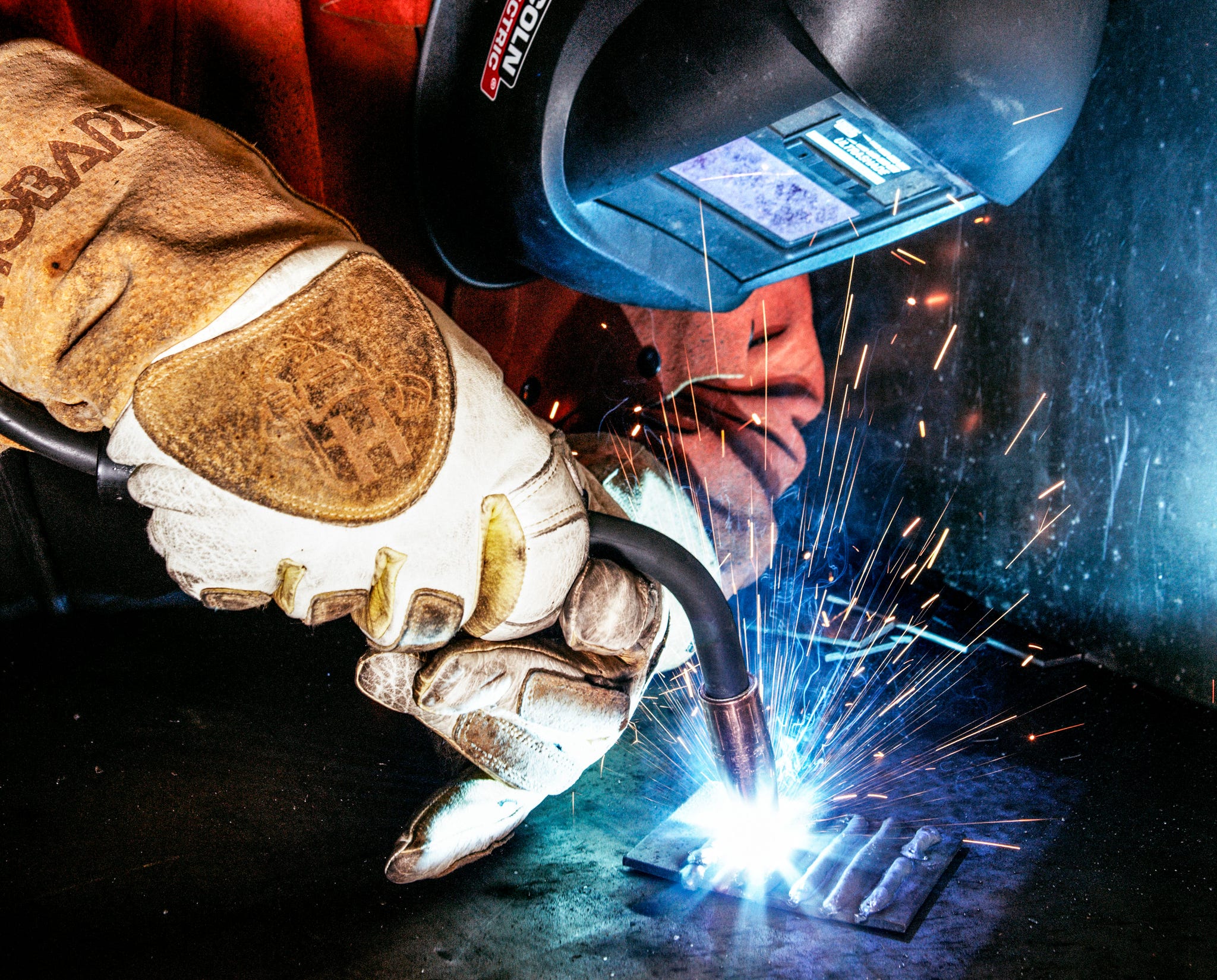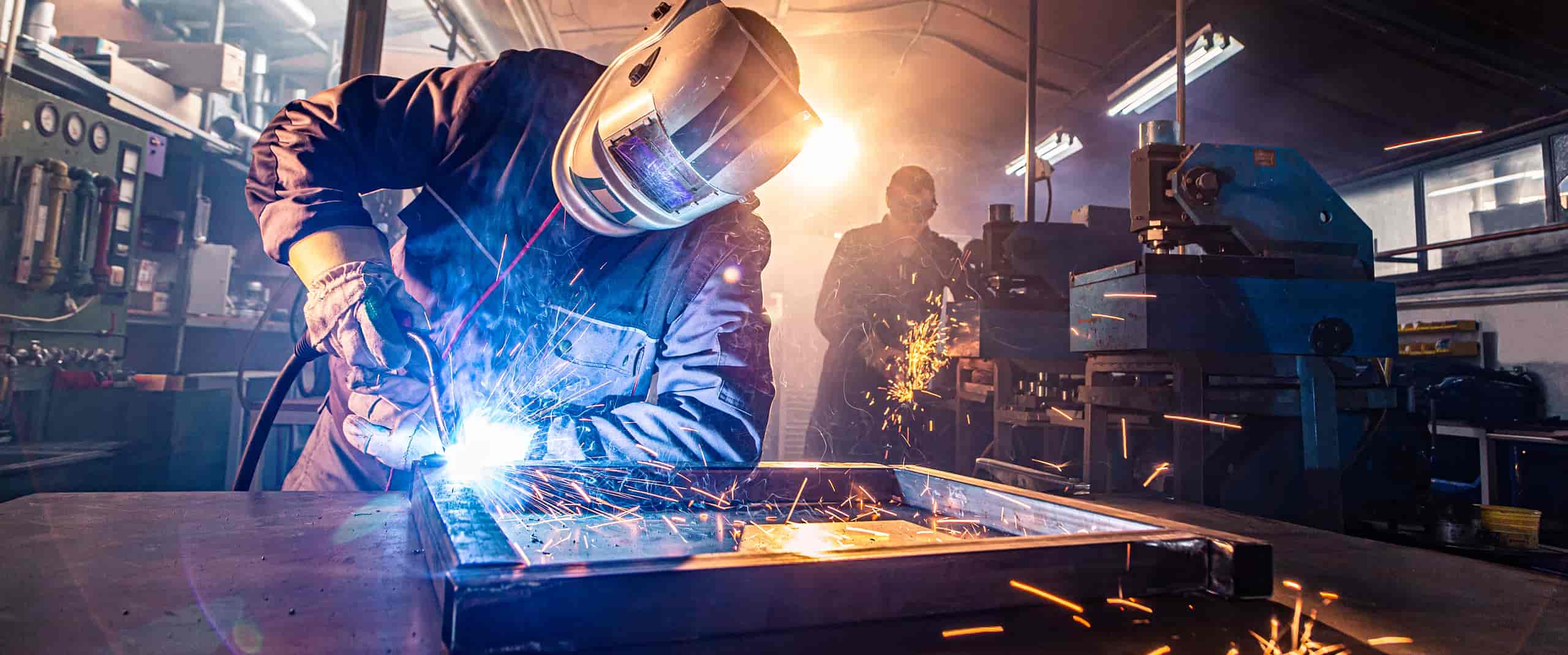Enhancing Your Welding WPS: Methods for Improved Performance and Efficiency
Enhancing Your Welding WPS: Methods for Improved Performance and Efficiency
Blog Article
The Ultimate Guide to Welding WPS Procedures: A Comprehensive Summary for Welders
In the elaborate globe of welding, Welding Treatment Requirements (WPS) act as the foundation of making sure quality, consistency, and safety in welding operations. Understanding the subtleties of developing, implementing, and keeping an eye on WPS treatments is crucial for welders looking to raise their craft and satisfy market criteria. As we delve right into the numerous parts of a WPS and discover the details of qualification and certification, we will certainly reveal the crucial duty these treatments play in the world of welding. Let's embark on a journey to unravel the intricacies and relevance of WPS treatments in welding techniques.
Value of WPS Procedures
Understanding the importance of Welding Treatment Requirements (WPS) procedures is vital for making sure the high quality and integrity of bonded frameworks. WPS procedures act as a roadmap for welders, detailing the required steps, criteria, and materials needed to accomplish an audio weld. By sticking to WPS standards, welders can guarantee consistency in their work, resulting in dependable and structurally sound welds.
Among the main reasons that WPS treatments are important is their duty in preserving weld high quality and honesty. Complying with the defined welding specifications and strategies detailed in the WPS helps stop defects such as porosity, breaking, or insufficient fusion, which can endanger the toughness and longevity of the weld. In addition, WPS treatments are vital for making sure conformity with sector criteria and codes. By adhering to established WPS standards, welders can show that their work satisfies the necessary needs for safety and high quality, giving assurance to customers, assessors, and governing bodies. In essence, the value of WPS treatments can not be overstated, as they are essential to achieving constant, top notch welds that satisfy sector criteria and requirements.

Components of a WPS
A Welding Treatment Specification (WPS) generally comprises vital elements that information the specific needs for performing a weld, making certain consistency and high quality in the welding procedure. The crucial parts of a WPS include crucial variables such as base steels, filler steels, preheat and interpass temperature levels, welding processes, protecting gases, welding placements, and post-weld heat therapy needs.
Base metals describe the materials being joined, while filler metals are made use of to load the gap in between the base metals during welding. Preheat and interpass temperature levels are critical for controlling the warmth input and preventing problems like cracking or distortion. The welding process describes the details technique to be used, whether it's gas metal arc welding (GMAW), shielded steel arc welding (SMAW), or one more approach. Protecting gases shield the weld pool from atmospheric contamination. Welding placements define the orientations in which welding can be done. Post-weld warmth treatment may be required to soothe stresses and enhance the weld's residential or commercial properties. A complete understanding of these elements is vital for developing a reliable and comprehensive WPS.

Credentials and Certification
Having actually established the essential elements of a Welding Procedure Requirements (WPS), the focus currently changes in the direction of the critical facets of certification and accreditation in welding practices.

Accreditation, on the other hand, is the official recognition of a welder's qualifications by an appropriate qualification body or company. Welding certifications Read Full Report are usually based on the particular welding processes, materials, and positions a welder is qualified to deal with. Holding a valid welding certification demonstrates that a welder satisfies industry requirements and is skilled to do welding jobs to the needed specs.
Creating a WPS
To establish a Welding Procedure Requirements (WPS) that satisfies industry standards, cautious factor to consider of welding processes, materials, and functional specifications is necessary (welding WPS). The very first step in creating a WPS is to determine the welding procedure to be used, such as gas steel arc welding (GMAW) or protected metal arc welding (SMAW) As soon as the welding procedure is figured out, the following critical facet is choosing the proper products, considering aspects like base steel type, density, and joint design. Functional parameters such as welding current, voltage, traveling rate, and protecting gas structure must additionally be diligently specified in the WPS.

Executing and Keeping An Eye On WPS
Upon wrapping up the extensive Welding Treatment Spec (WPS) that diligently information welding procedures, products, functional specifications, and quality guarantee actions, the emphasis shifts to efficiently implementing and checking the established procedures. Application includes ensuring that all welders entailed in the project are familiar with the WPS and follow it diligently throughout the welding process. Effective implementation and monitoring of the WPS are crucial for making certain the honesty, stamina, and safety of the bonded joints, eventually adding to the total success of the welding job.
Verdict
In conclusion, understanding and adhering to Welding Procedure Requirements (WPS) is essential for welders to ensure high quality, consistency, and security in their job. By recognizing the components of a WPS, acquiring appropriate qualifications and qualifications, producing in-depth treatments, and applying and monitoring them efficiently, welders can improve their abilities and effectiveness in welding techniques. Sticking to WPS treatments is essential for producing top notch welds and conference industry standards.
In the detailed world of welding, Welding Treatment Specs (WPS) serve as the foundation of guaranteeing quality, consistency, and security in welding operations. The welding process details the certain strategy to be made use of, whether it's gas steel arc welding (GMAW), secured steel arc welding (SMAW), or one more technique.To create a Welding Procedure Requirements (WPS) that meets industry criteria, careful consideration of welding processes, materials, and functional parameters is vital. The initial action in developing a WPS is to identify the welding process to be utilized, such as gas metal arc welding (GMAW) or protected metal arc welding (SMAW)Upon completing the extensive Welding Treatment Requirements (WPS) that thoroughly details welding procedures, materials, operational parameters, and quality assurance procedures, the emphasis moves to efficiently executing and keeping Recommended Reading track of the well established procedures.
Report this page